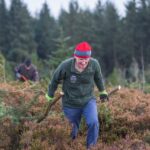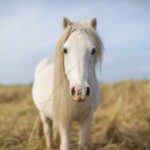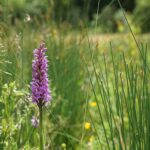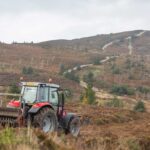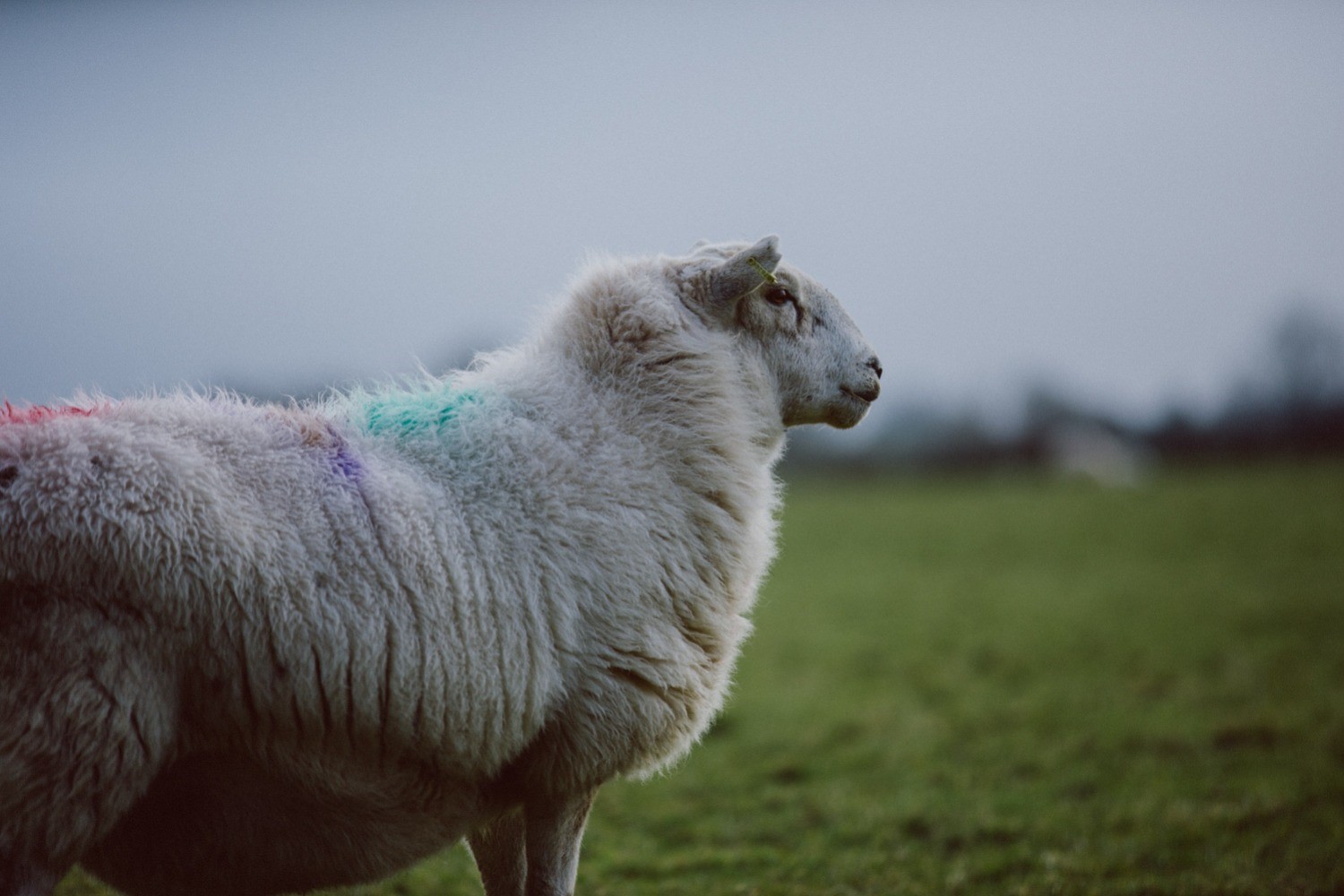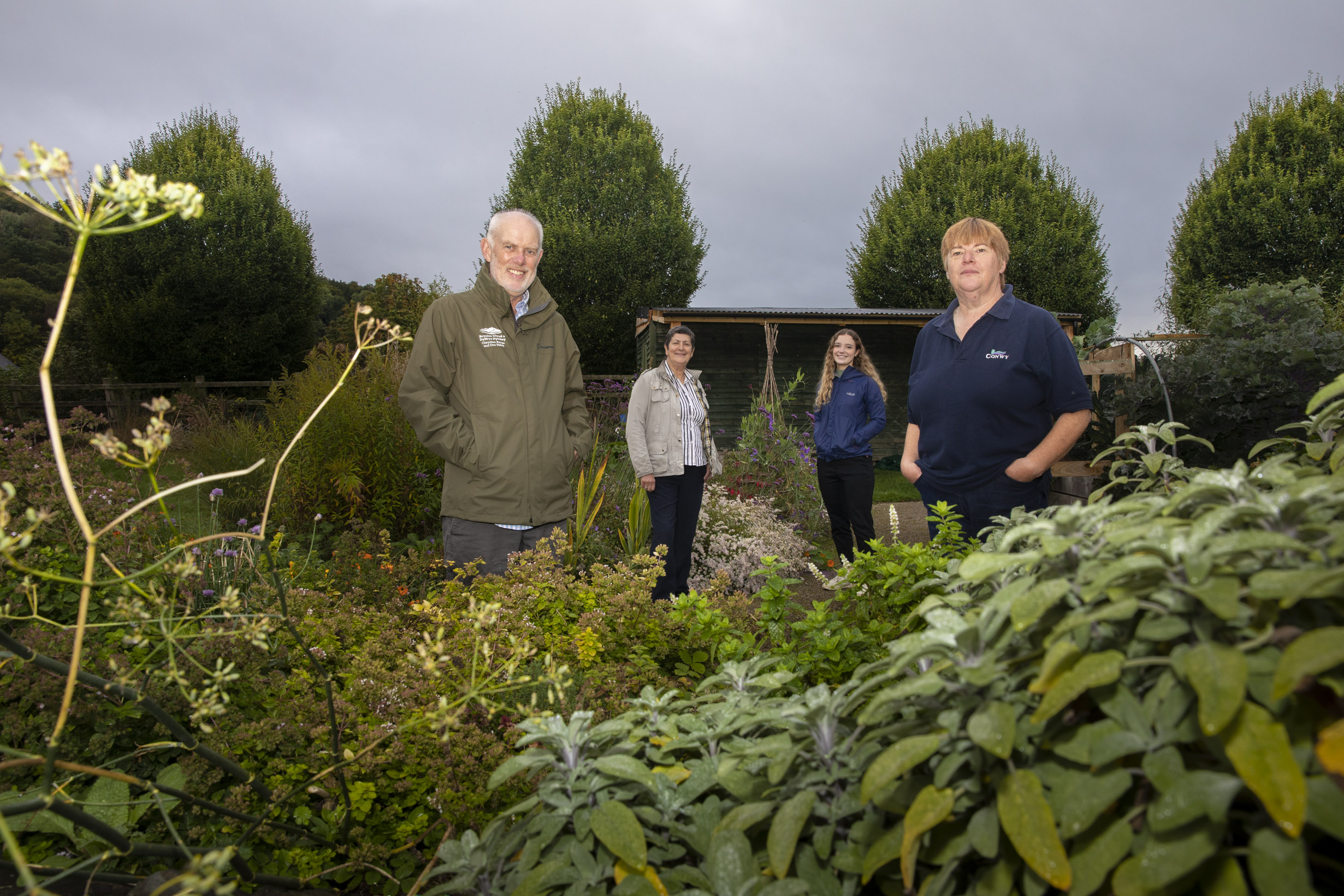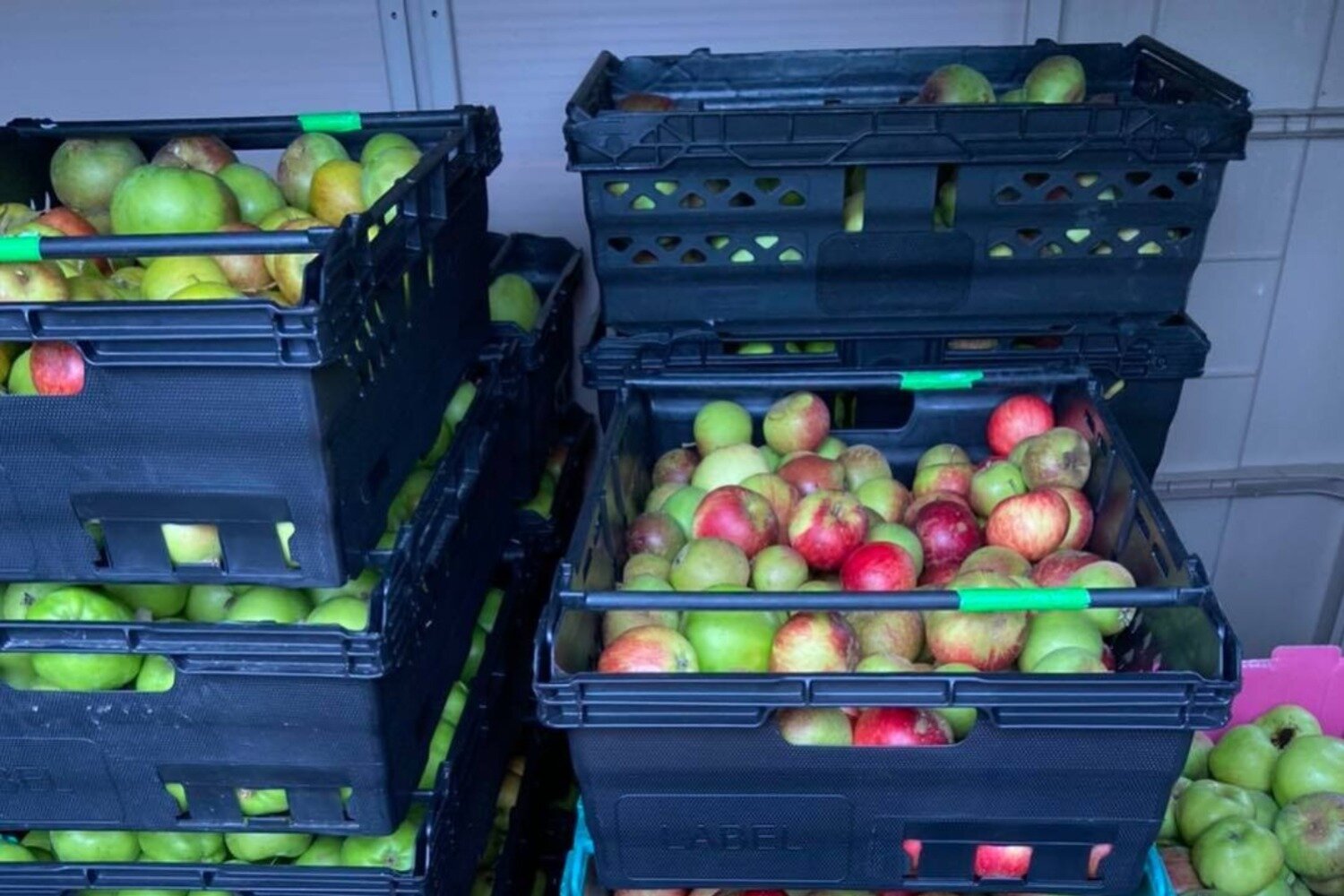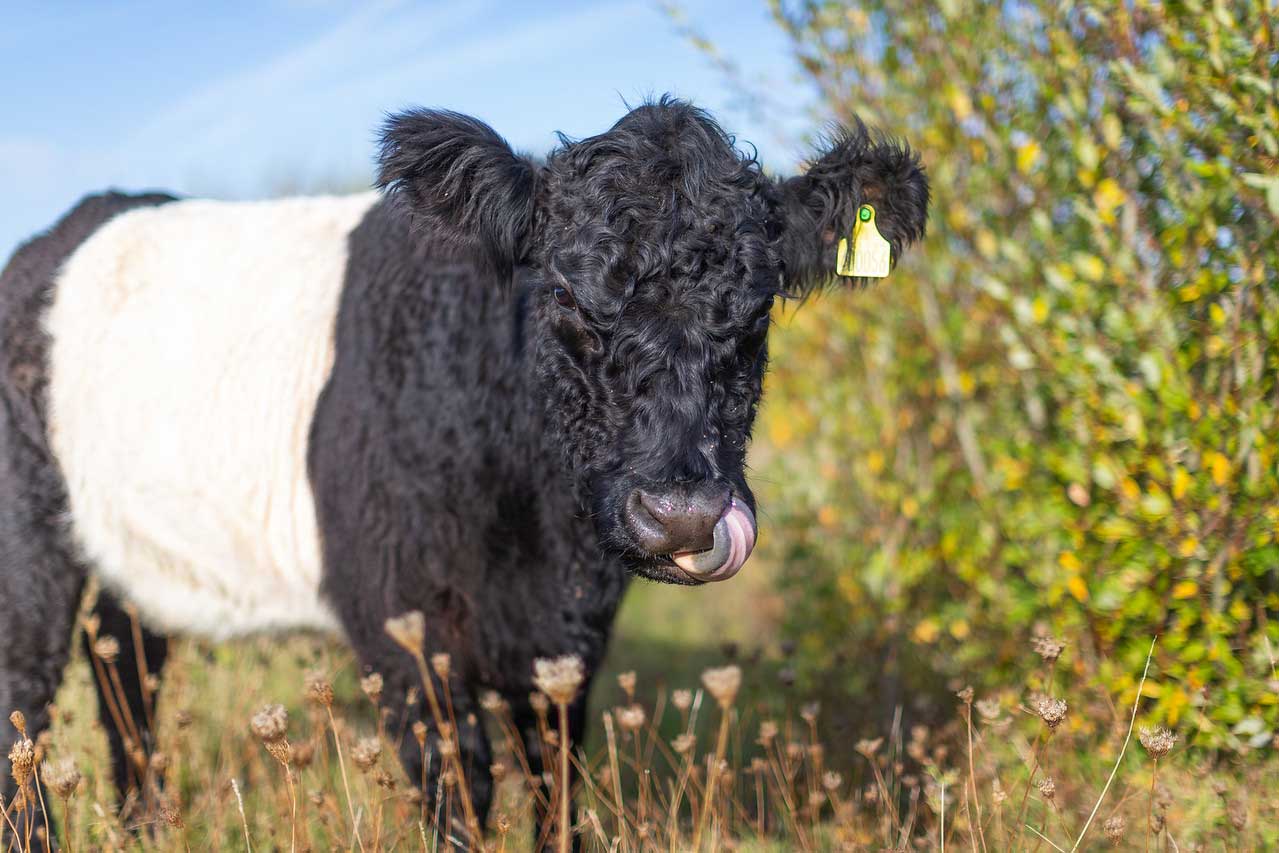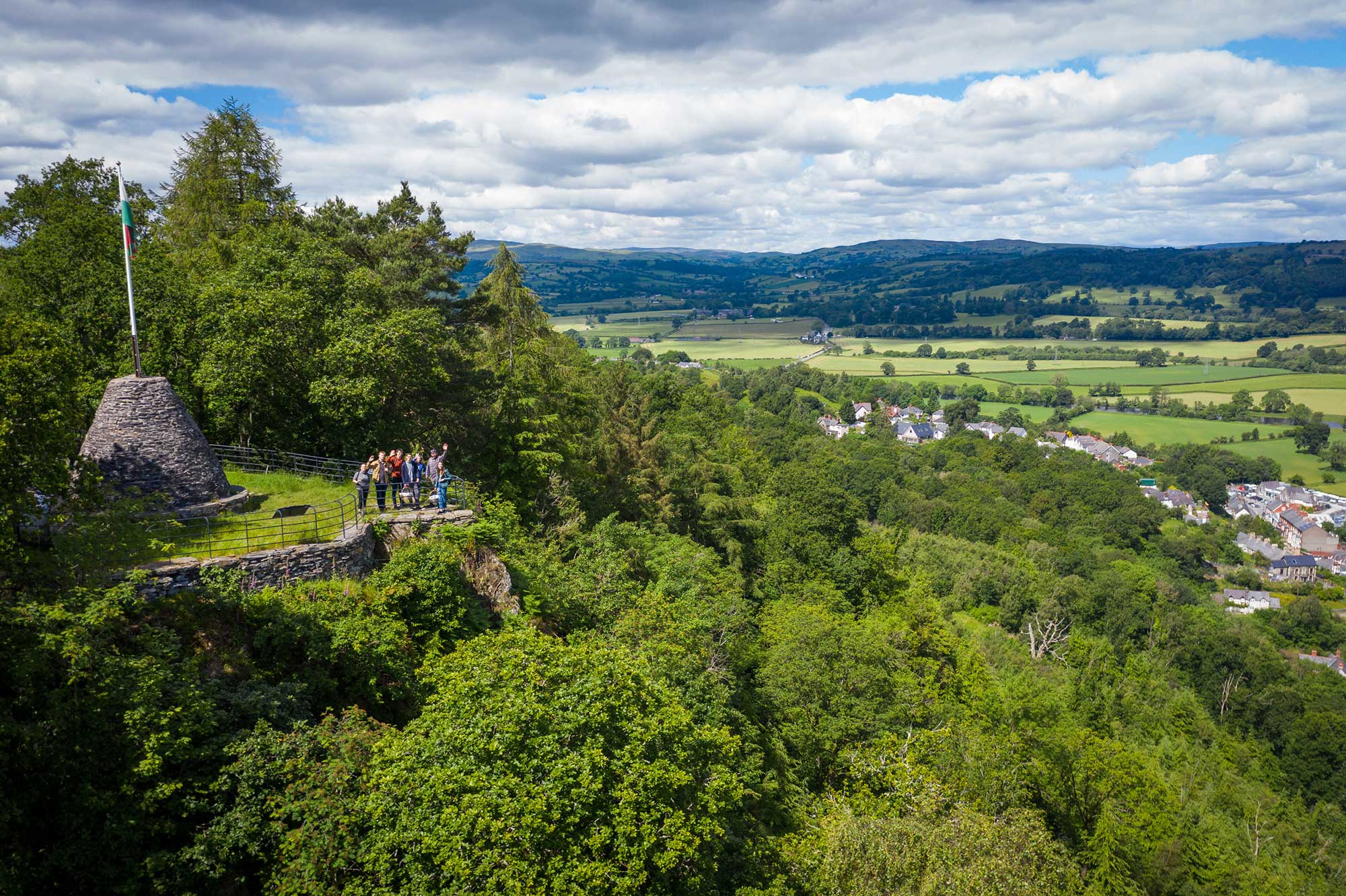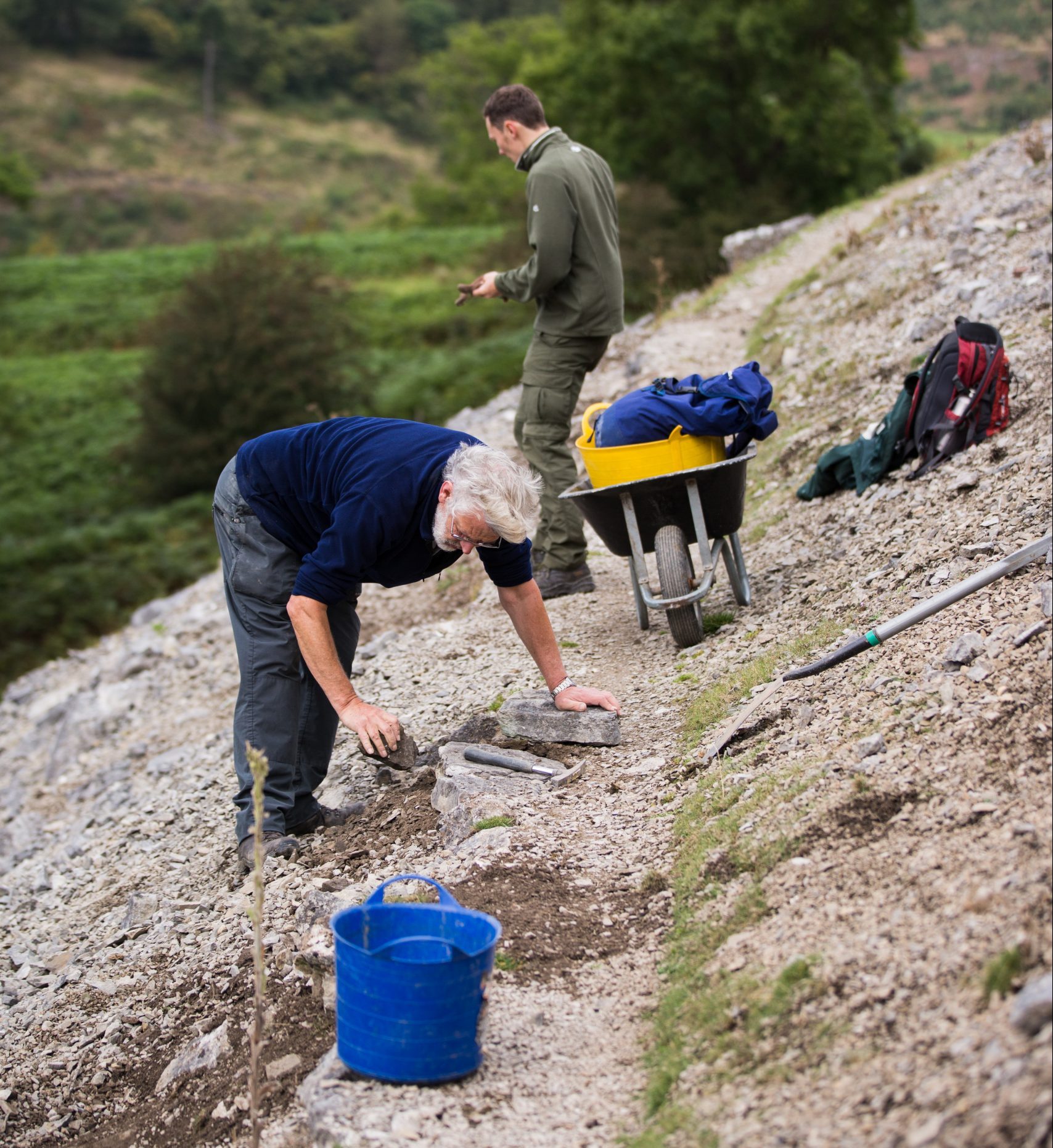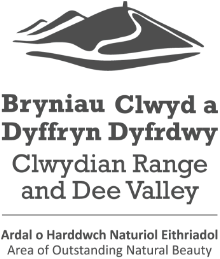Conservation Grazing
-
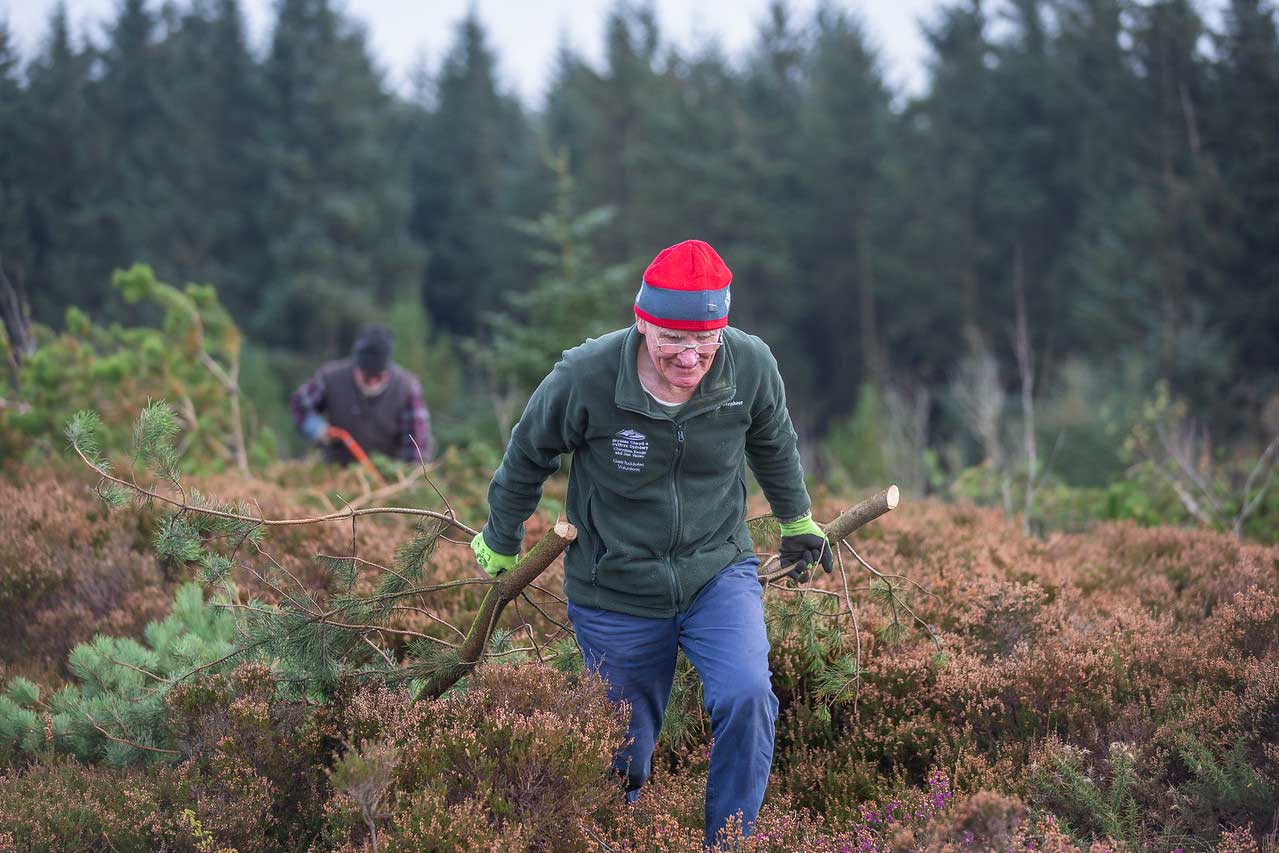 Gwirfoddolwyr yn rheoli'r rhostir / Volunteers managing the moorland
Gwirfoddolwyr yn rheoli'r rhostir / Volunteers managing the moorland -
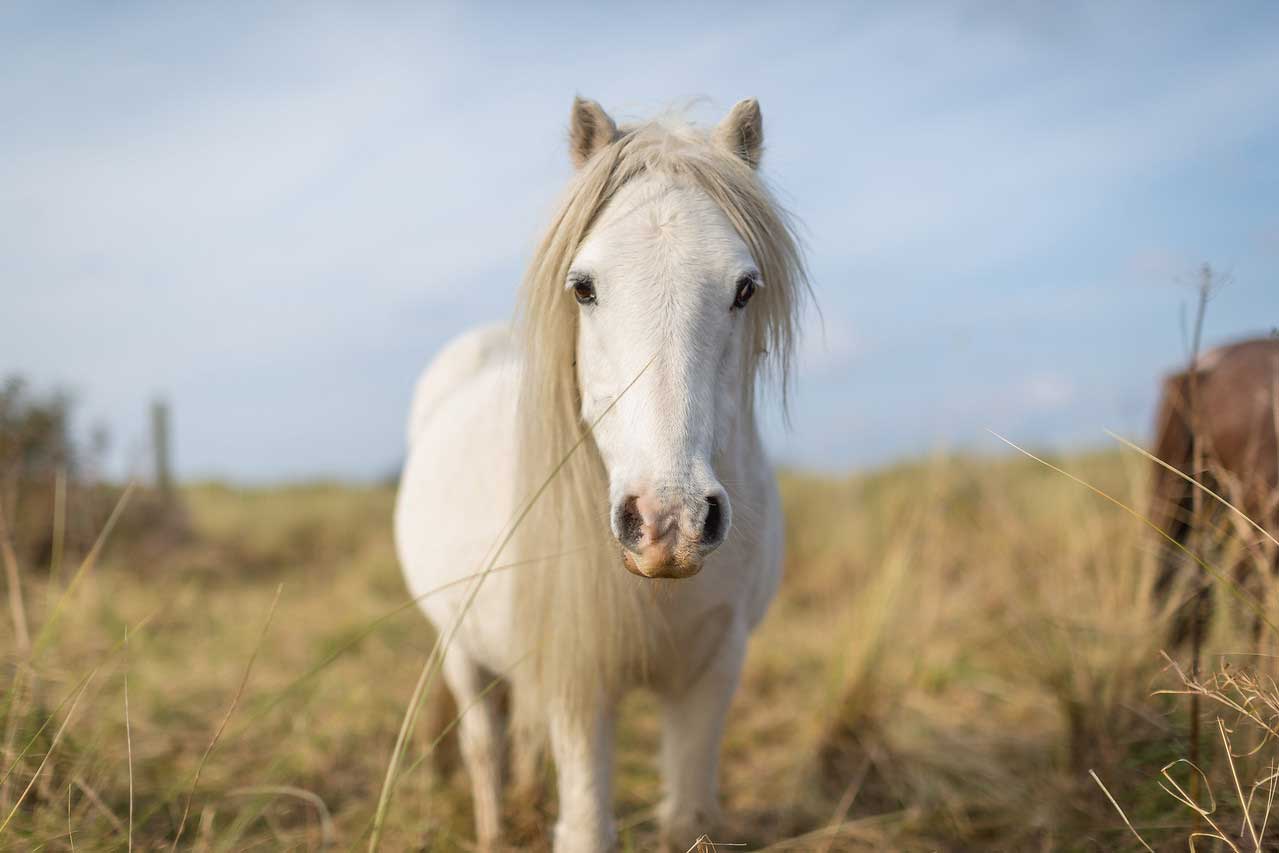 Merlen lwyd y Carneddau / Grey Carneddau pony
Merlen lwyd y Carneddau / Grey Carneddau pony -
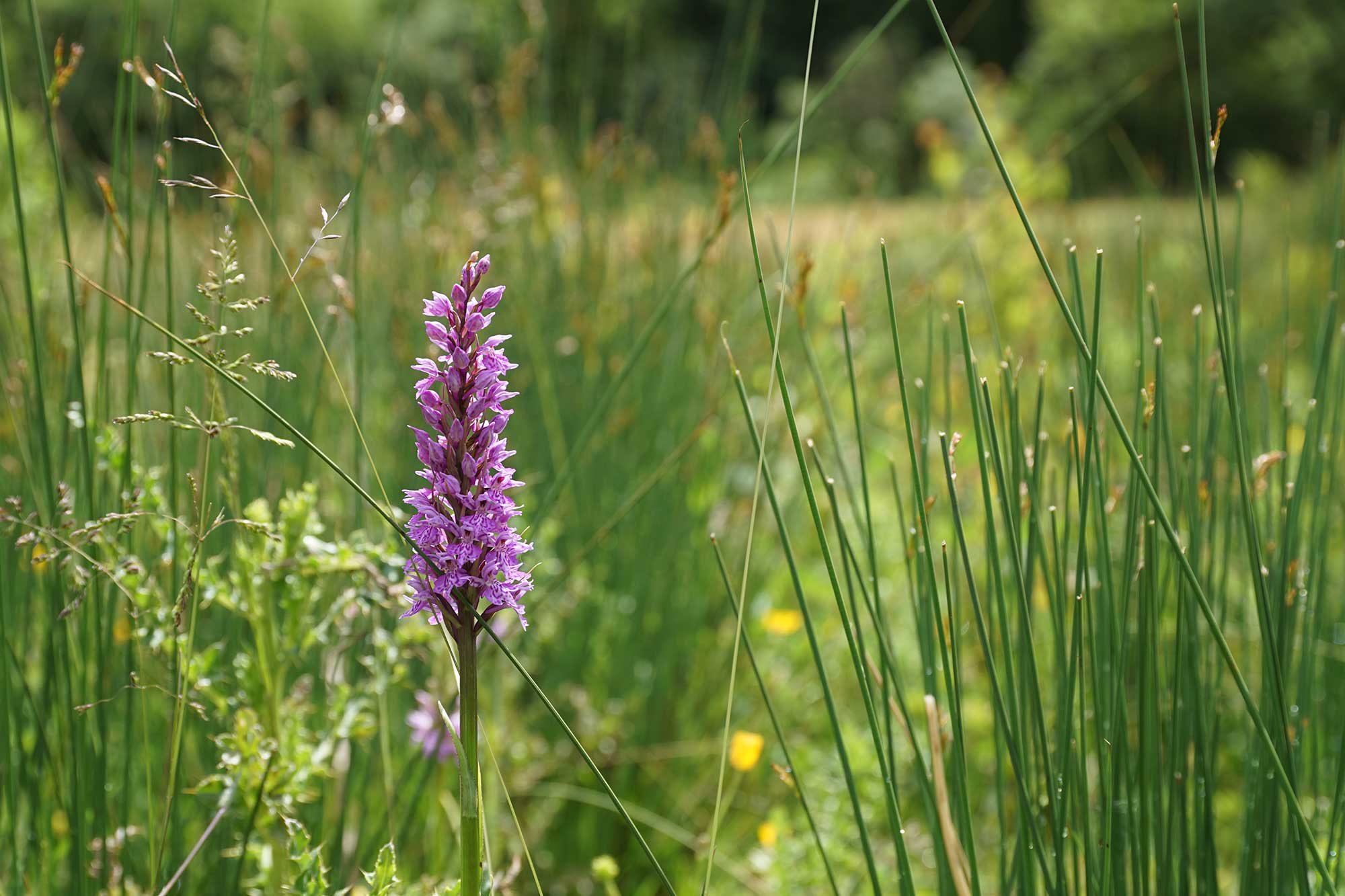 Tegeirian / Orchid
Tegeirian / Orchid -
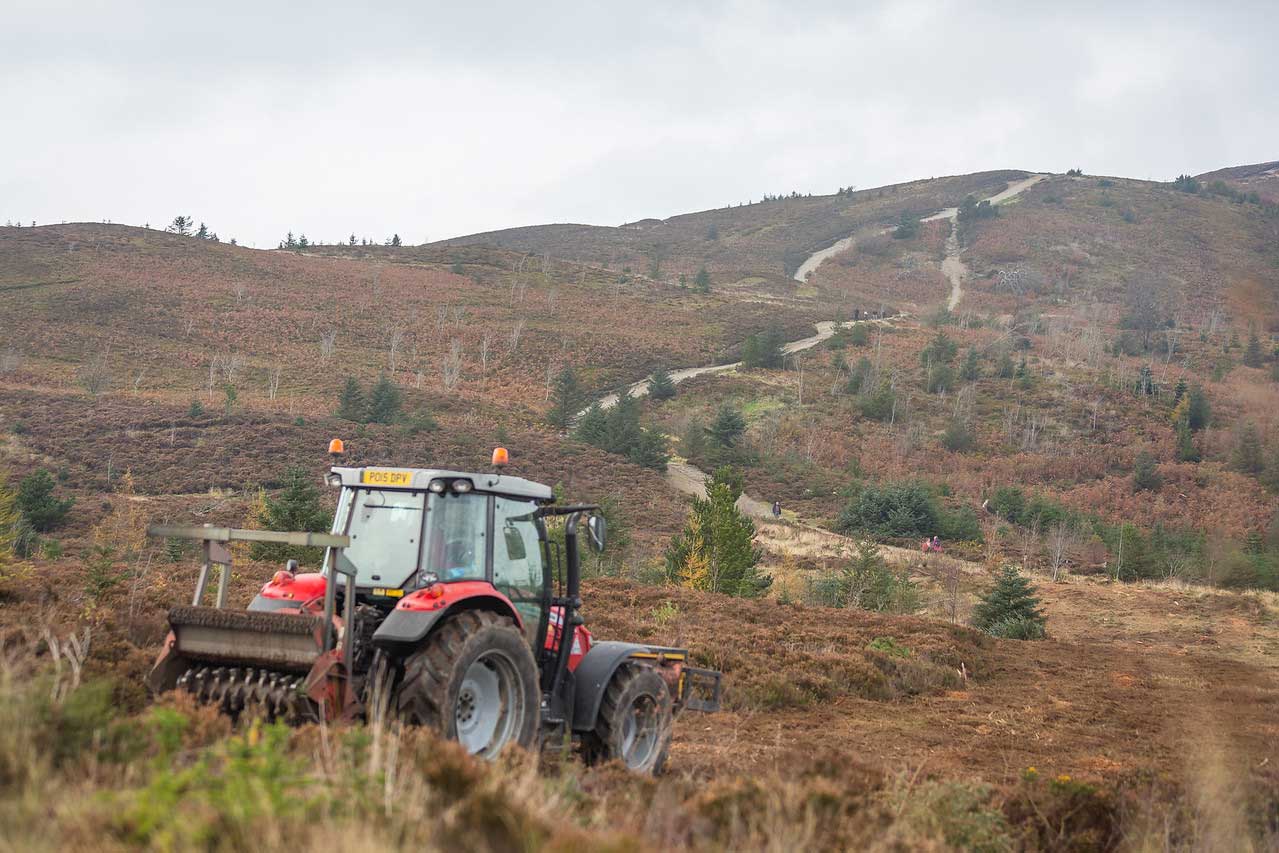 Tori grug ar Moel Famau / Heather cutting Moel Famau
Tori grug ar Moel Famau / Heather cutting Moel Famau
Conservation grazing involves using livestock to manage sites for wildlife and to promote biodiversity. It can be carried out on many types of land including woodland, scrub, wetlands and grassland. Grazing animals have shaped our landscapes for generations and are the most effective and sustainable way of maintaining habitats. Livestock used for conservation grazing are generally native breeds with the most common species used are sheep, cattle and ponies. These animals are bred for their hardiness therefore, they prefer to eat the dominant plant species, this allows opportunities for a variety of other species to establish. By using cattle and ponies it causes ground disturbance due to their weight, this provides habitats for reptiles and invertebrates, whilst also creating spots for new seedlings to flourish. It Is vitally important that the breed is hardy and sturdy and can cope with harsh conditions, as well as being able to tolerate lower quality grassland compared to grassland that commercial livestock have access to. Not only do these animals eat, but they also produce faeces!
Did You Know?
More than 250 species of insects can be found on one cowpat, which then provides a vital source of food for birds.
An enclosure at Nercwys forest is part of the project and being a wildflower hay meadow, sheep are vital here. The meadow is cut for hay later in the season after the wildflowers and grasses have gone to seed. After the hay is cleared from the meadow, sheep graze down the grass to a short sward height ready for flowering species in the spring. The sheep are then removed during November or December to avoid any damage to the ground.
Sheep are known to be selective grazers; they can eat vegetation close to the ground. There are currently Welsh mountain ewes on some of our sites and other breeds include Jacob and Hebridean sheep, both native hardy breeds. Their horns help them break through brambles and bracken.
Cattle will graze long, rank grasslands to create bare patches, open areas and long tussocks. This grassland then provides open ground for wading birds to feed in. Different to sheep, cattle use their tongues to pull out vegetation. Due to their large mouths, they will munch away through the grassland eating tougher shrubs and gorse. There are currently some Belted Galloways cattle on the sites, which are commonly used for conservation grazing across the country. They are a relatively small breed and therefore leave minimum damage on the ground.
The ponies that are used for conservation grazing on the sites are Carneddau ponies. They are slightly smaller than the section A Welsh mountain pony, they have a sturdy body and small ears. The Carneddau pony is used to living on mountains over 3,000 feet with cliffs, rocky slopes and lakes. They are a very hardy breed used to eating soft rush, Molina, gorse and mountain grasses. By grazing the land, they keep bracken and gorse under control, creating opportunities for other plants and species to grow. Ponies also graze close to the ground and create latrines where they won’t graze. This creates structural diversity within the grassland.
Native and rare breeds are known to have fewer health issues compared with commercial breeds therefore, when managing conservation is priority, it is a great bonus to have low maintenance livestock.
